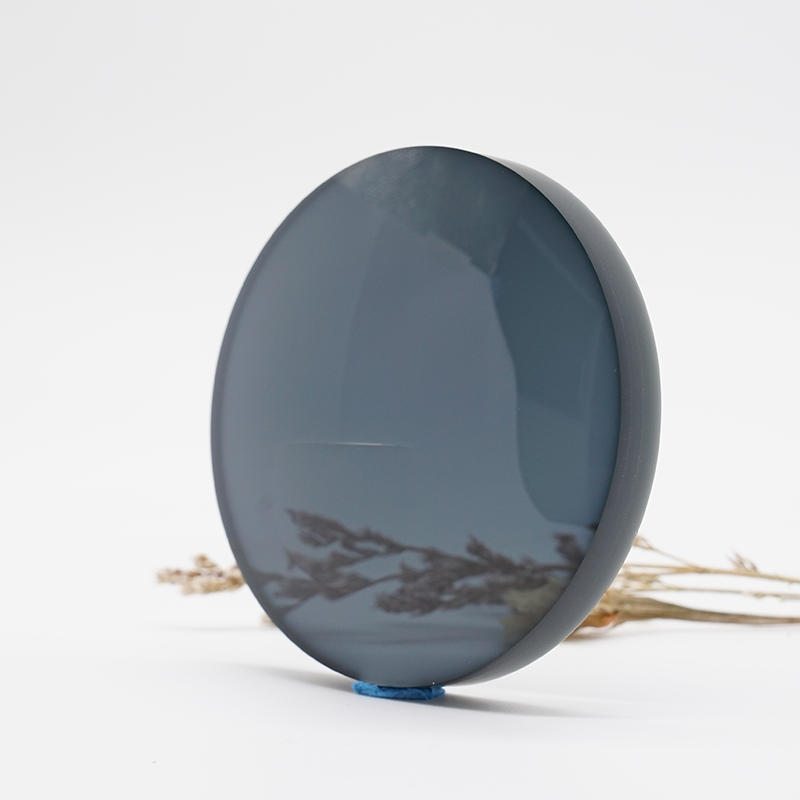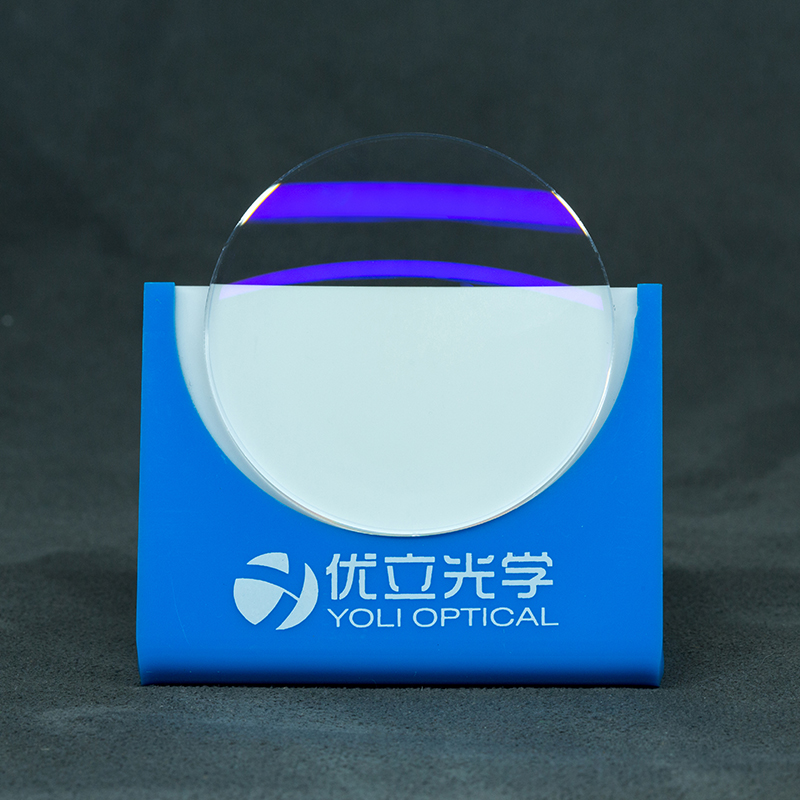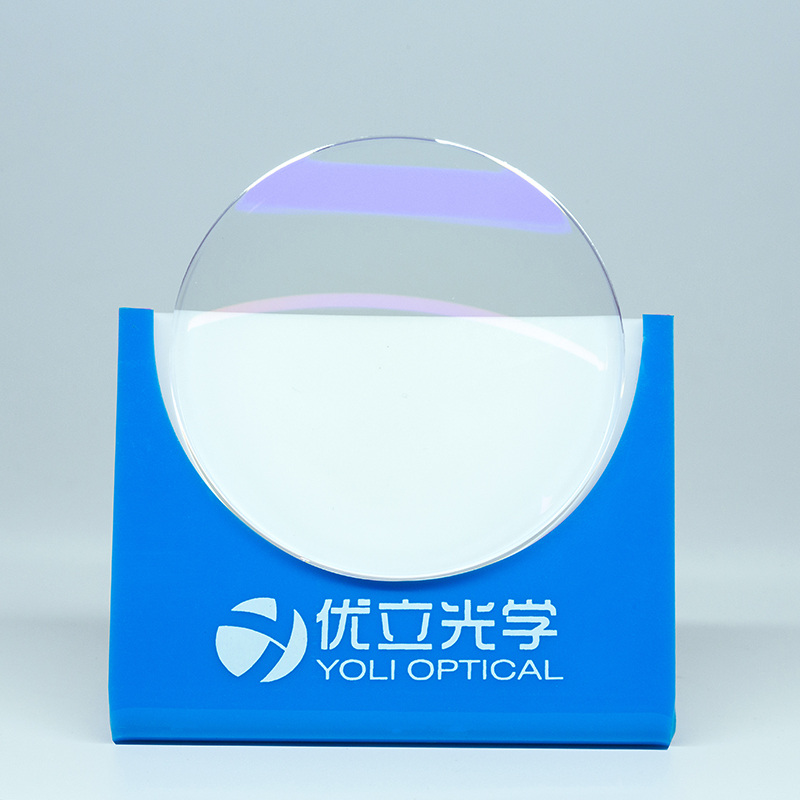
Wholesale Multifocal Lens Factory – Bifocal Lens – YOLI
Wholesale Multifocal Lens Factory – Bifocal Lens – YOLI Detail:
How to Tell If You Need Bifocals
Presbyopia is an age-related condition that results in blurry near vision. It often appears gradually; you will struggle to see a book or newspaper up close and will naturally move it further away from your face in order for it to appear clearly.
At around the age of 40, the crystalline lens within the eye loses its flexibility. When young, this lens is soft and flexible, easily changing shape so it could focus light onto the retina. After age 40, the lens becomes more rigid, and cannot change shape as easily. This makes it harder to read or do other close-up tasks.
Bifocal Lenses
Bifocal eyeglass lenses contain two lens powers to help you see objects at all distances after you lose the ability to naturally change the focus of your eyes due to age, also known as presbyopia. Due to this specific function, bifocal lenses are most commonly prescribed to people over the age of 40 to help compensate for the natural degradation of vision due to the aging process.
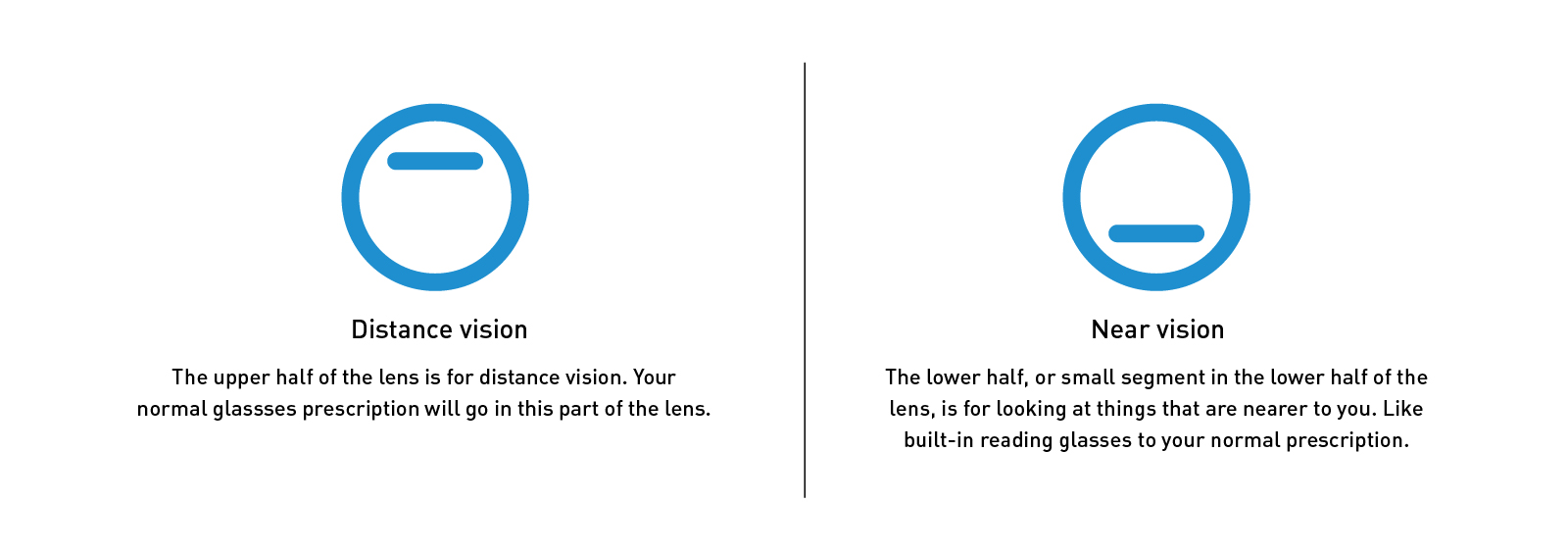
Three Designs of Bifocal Lenses
Regardless of the reason you need a prescription for near-vision correction, bifocals all work in the same way. A small portion in the lower part of the lens contains the power required to correct your near vision. The rest of the lens usually is for your distance vision. The lens segment devoted to near-vision correction can be of three shapes:
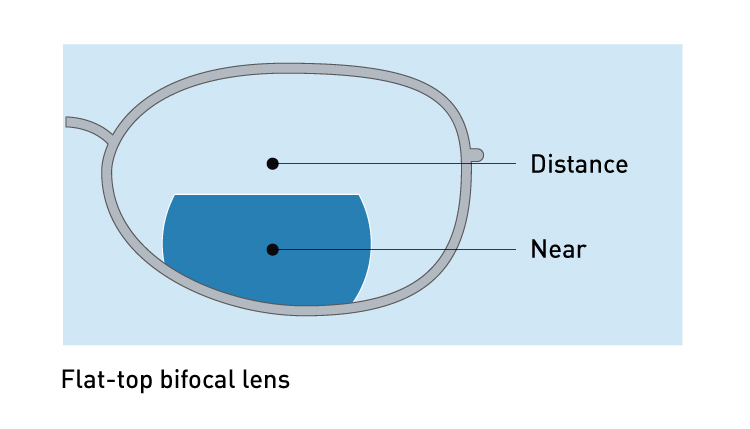
Shape 1
The Flat Top is regarded as one of the easiest multifocal lenses to adapt to, hence it is the most commonly used bifocal (FT 28mm is referred to as the standard size). This lens style is also one of the most readily available in almost any medium and including comfort lenses. The Flat Top utilizes the complete width of the segment giving the user a definitive reading and distance transition.
Shape 2
As the name suggests the round bifocal is round at the bottom. They were originally designed to help wearers reach the reading area more easily. However, this reduces the width of near vision available at the top of the segment. Because of this, round bifocals are less popular than the flat-top bifocals.The reading segment is most commonly available in 28mm.
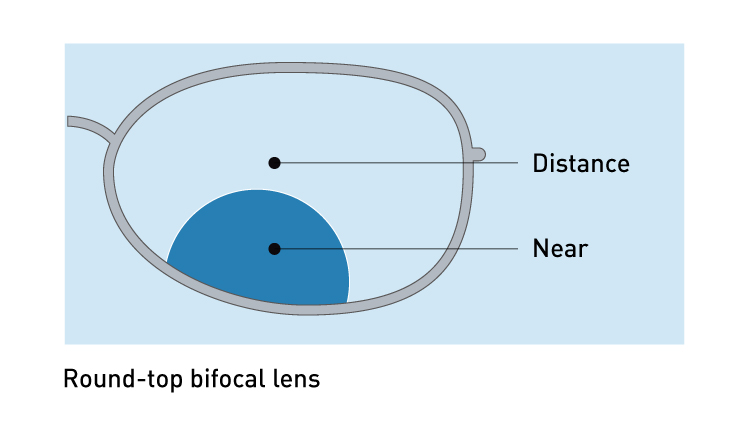
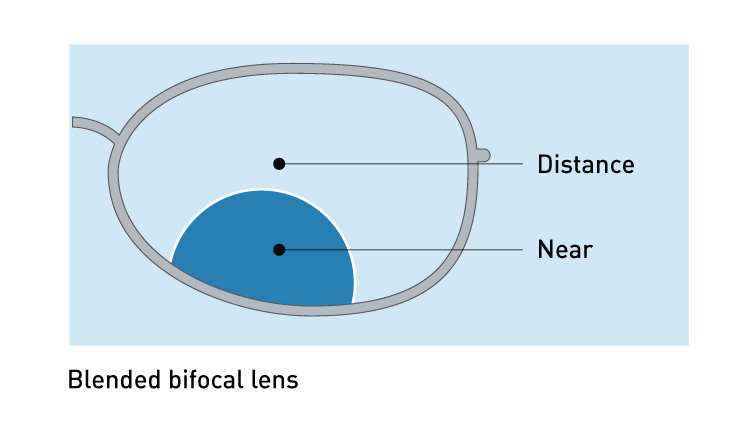
Shape 3: Blended
The segment width of the Blended bifocal is 28mm. This lens design is cosmetically the best looking lens of all the bifocals, showing virtually no sign of a segment. However, there is a 1 to 2mm blending range between the segment power and the lens prescription. This blending range has a distorted perspective that can prove to be non-adaptable for some patients. However, it is also a lens used with patients that are non-adaptive to progressive lenses.
Product detail pictures:
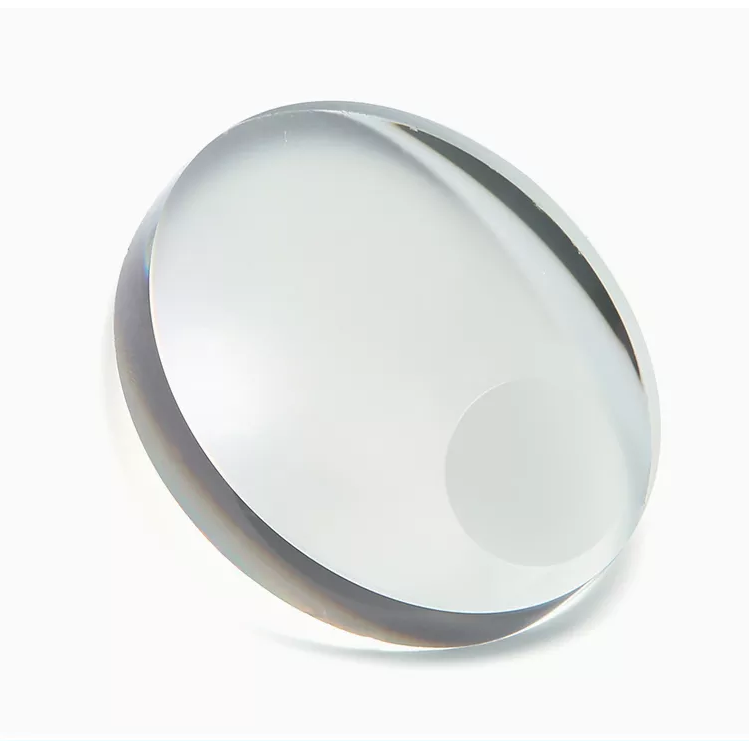

Related Product Guide:
Our mission is usually to turn into an innovative provider of high-tech digital and communication devices by furnishing benefit added design and style, world-class manufacturing, and service capabilities for Wholesale Multifocal Lens Factory – Bifocal Lens – YOLI , The product will supply to all over the world, such as: Sri Lanka, Germany, Spain, Qualified R&D engineer might be there for your consultation service and we will try our best to meet your requirements. So you should feel free to contact us for inquiries. You'll be able to send us emails or call us for small business. Also you are able to come to our business by yourself to get further knowing of us. And we are going to surely present you with the best quotation and after-sale service. We're ready to build stable and friendly relations with our merchants. To achieve mutual success, we'll make our best efforts to build a solid co-operation and transparent communication work with our companions. Above all, we're here to welcome your inquiries for any of our merchandise and service.
This manufacturer can keep improving and perfecting products and service, it is in line with the rules of market competition, a competitive company.

